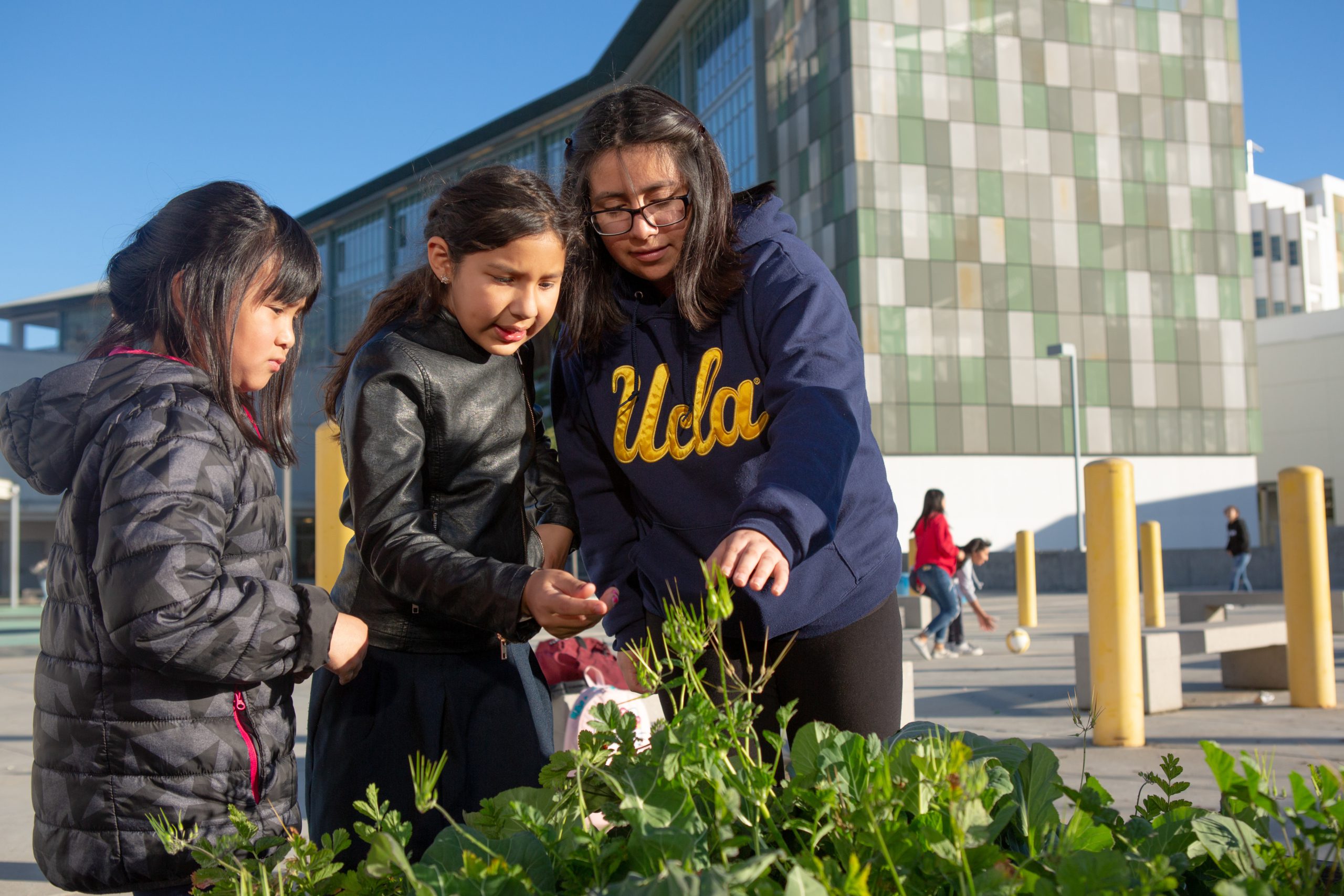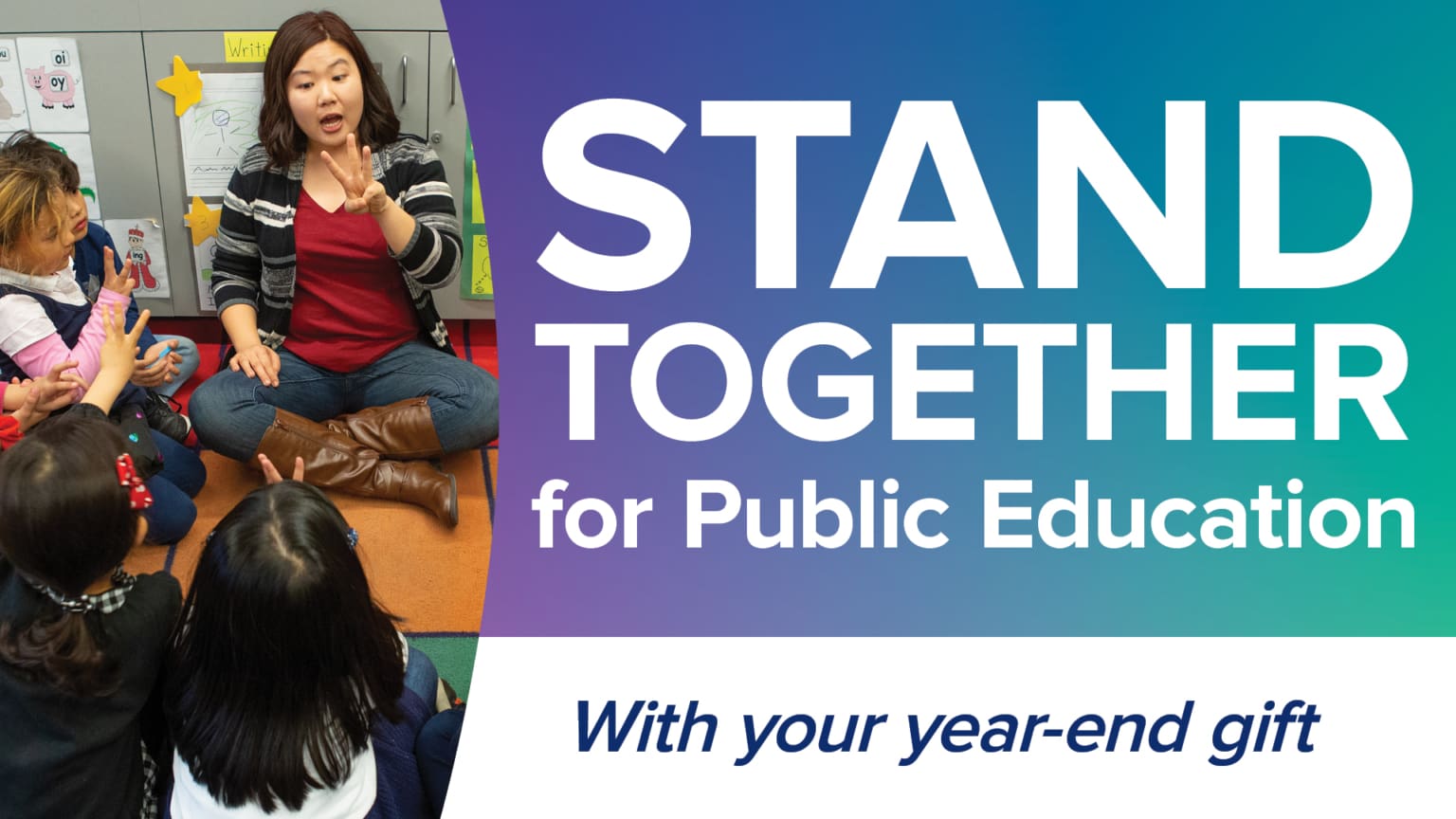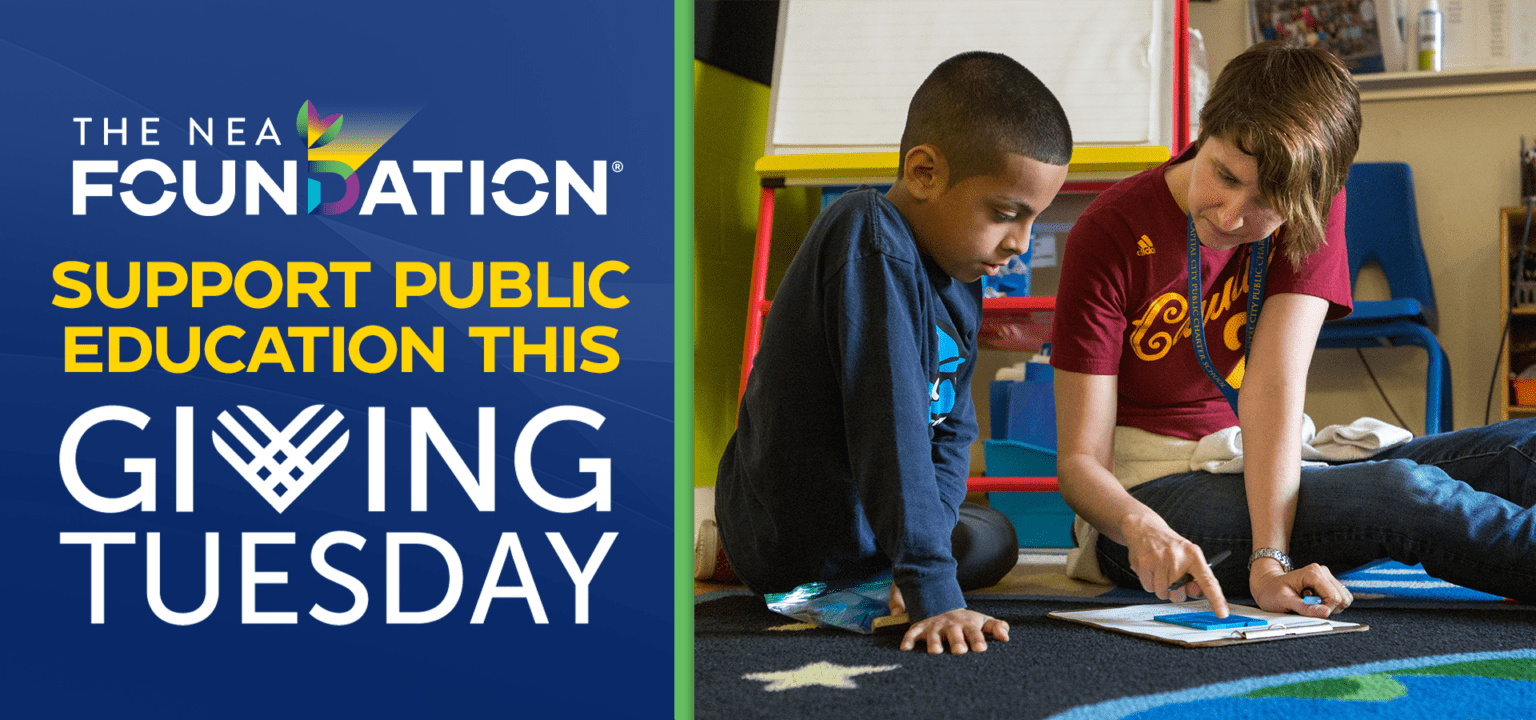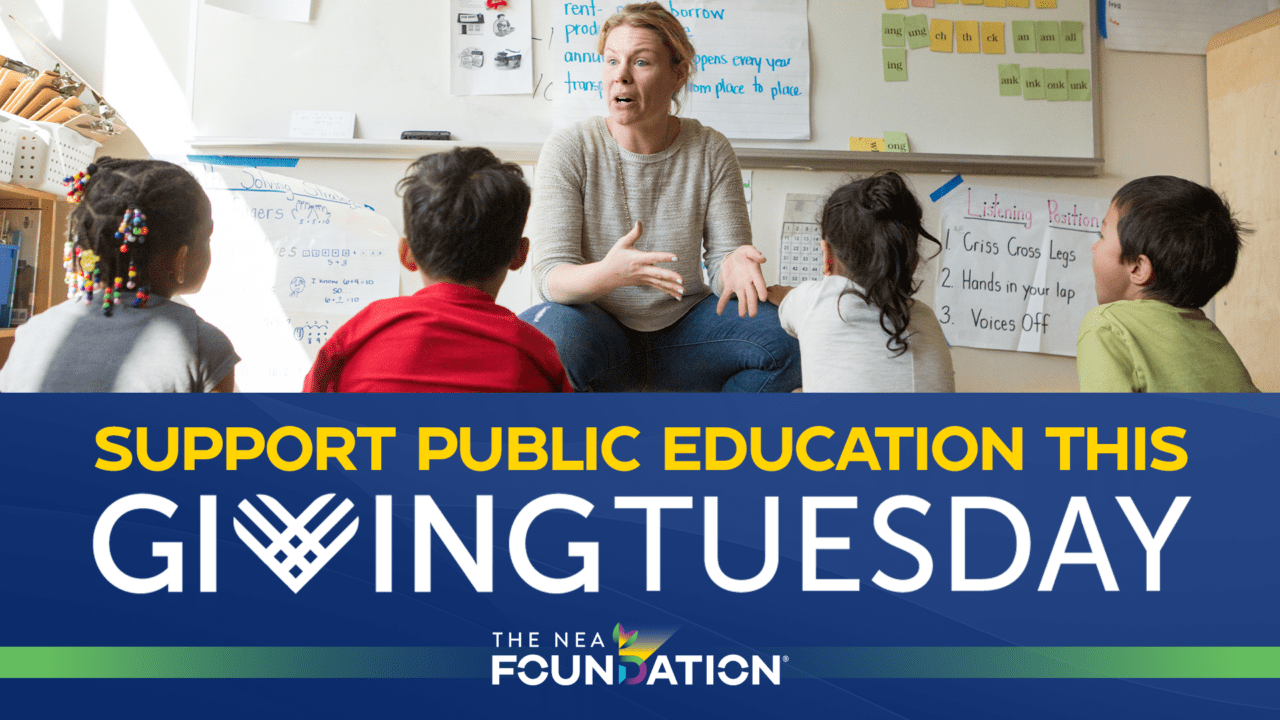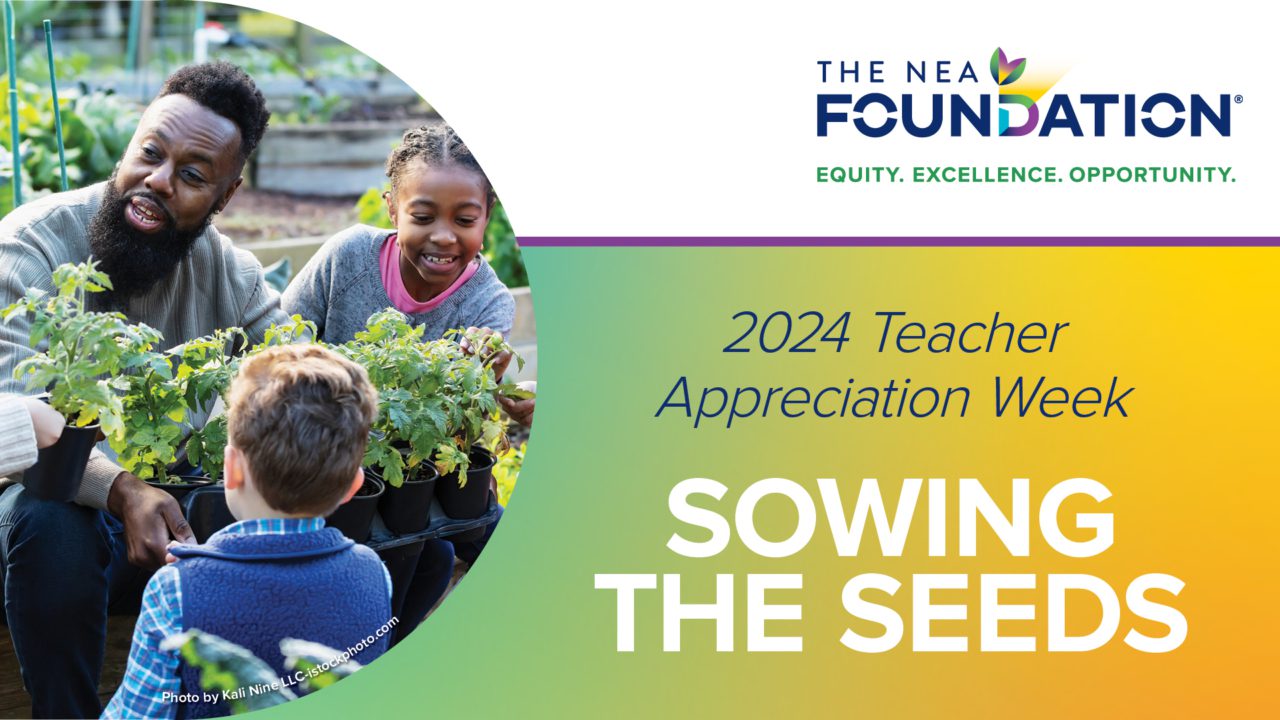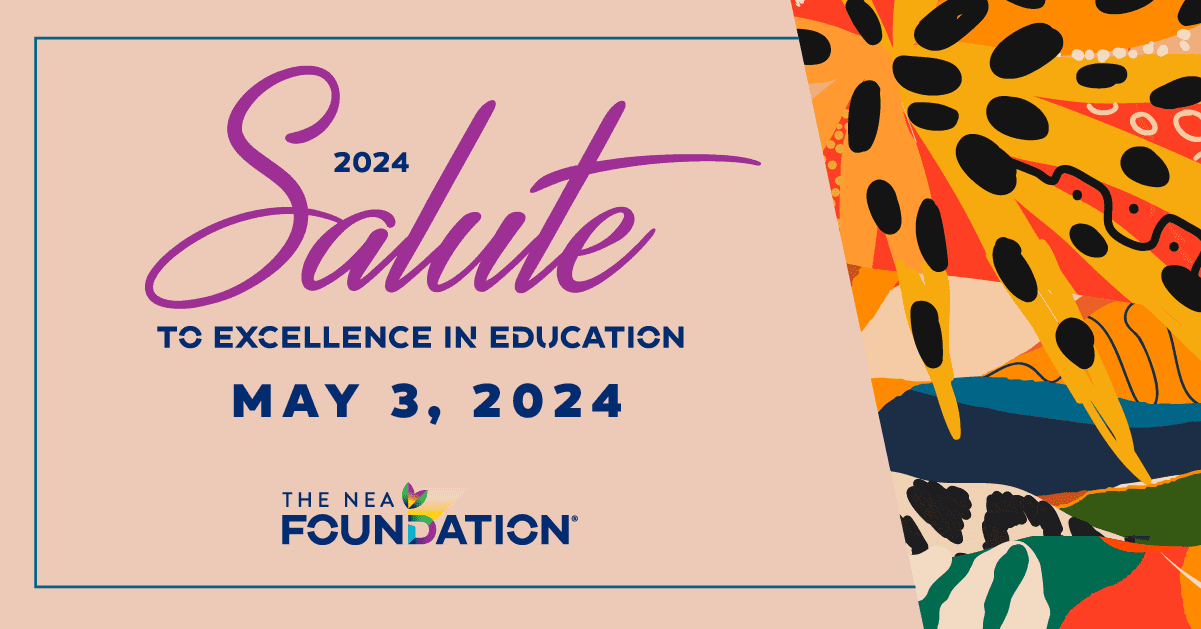A just nation is one in which every child has access to and can benefit from a high-quality public education, regardless of income, race, ethnicity, national origin, disability, immigration status, or the ability to speak English. Yet, too many children across this country, especially those from marginalized and disinvested neighborhoods, lack access to the resources and school supports that all children need to encourage their optimal learning, development, and overall well-being.
More than half of the nation’s public school children live in neighborhoods characterized by concentrated economic disadvantage, isolation, and uneven education spending. Bearing the brunt of longstanding disenfranchisement, too often, they lack access to culturally responsive pedagogies including social and emotional and academic support, and physical environments conducive to learning. Decades of bias reflected in policy decisions and wrongful cuts in education, health, and other public spending have exacerbated these conditions.
Without adequately resourced schools and neighborhood supports, children from low-income families can miss out on a host of invaluable learning experiences — experiences that children from middle-class and wealthy families access with relative ease. Fewer family resources mean fewer opportunities for early education, after-school tutoring, enrichment, summer learning programs, and other opportunities that can make a critical difference in students’ educational outcomes.
Educators and schools alone cannot balance the scales of opportunity for our nation’s children.
Nor can they sustainably deliver all of the comprehensive supports that all students need, enabling all to reach their potential.
The need for schools and communities to think and act differently – and together –to ensure greater educational equity and opportunity among Black, brown, low-income, and other marginalized students, has never been greater.
It is not surprising that informed educators, parents, advocates, academics, researchers, policymakers, and others are coalescing around one promising and proven strategy: community schools.
Community Schools close educational opportunity gaps.
Community schools have been called “a powerful strategy to disrupt inequitable systems.” They achieve this goal by creating a structure and set of relationships that operationalize “a whole child approach” to children’s lives in and out of school. Further, by leveraging the many assets found in every neighborhood, family, and school; by drawing upon family, school, and community resources often historically overlooked; by removing systemic barriers that limit opportunities; and by intentionally dismantling all that discourages educators, students, families, and schools from experiencing the joy of learning through public education, community schools represent a proven strategy for addressing racial and economic disparities and advancing educational equity.
Community schools represent an approach to public education where educators, schools, parents, and student leaders engage in authentic partnership with one another and with agencies and organizations at the local, state, and national levels to offer students, schools, and whole communities unprecedented support, encouraging everyone’s optimal educational experience and both students’ and schools’ improved outcomes.
There are more than 5,000 Community Schools in the U.S. today, and their effectiveness has been well-documented. In particular, they have become anchors for their communities during the COVID-19 pandemic. Community schools are the future.
But right now, there are very few Community Schools in the South.
This is why, in 2020, the NEA Foundation launched a major new initiative to support the development of community schools across the South.
We also commend President Biden for the $443 million requested in the FY22 Federal Budget for the Full-Service Community Schools Program. This increased support for community schools will enable significantly improved educational experiences and outcomes among millions of children, especially those in the historically underserved southern states and rural communities nationwide.
Over the days and weeks to come, we look forward to sharing much more with you through this blog series and otherwise — about the NEA Foundation’s community schools initiative and strategy, and the logic behind it; about the powerful partnerships in which we have invested; our theory of change; our partners in this work; community schools’ policy and funding opportunities; and most importantly, what is being demonstrated by those who are planning to implement the community schools strategy across the South.
We hope that you will share in this journey with us.

